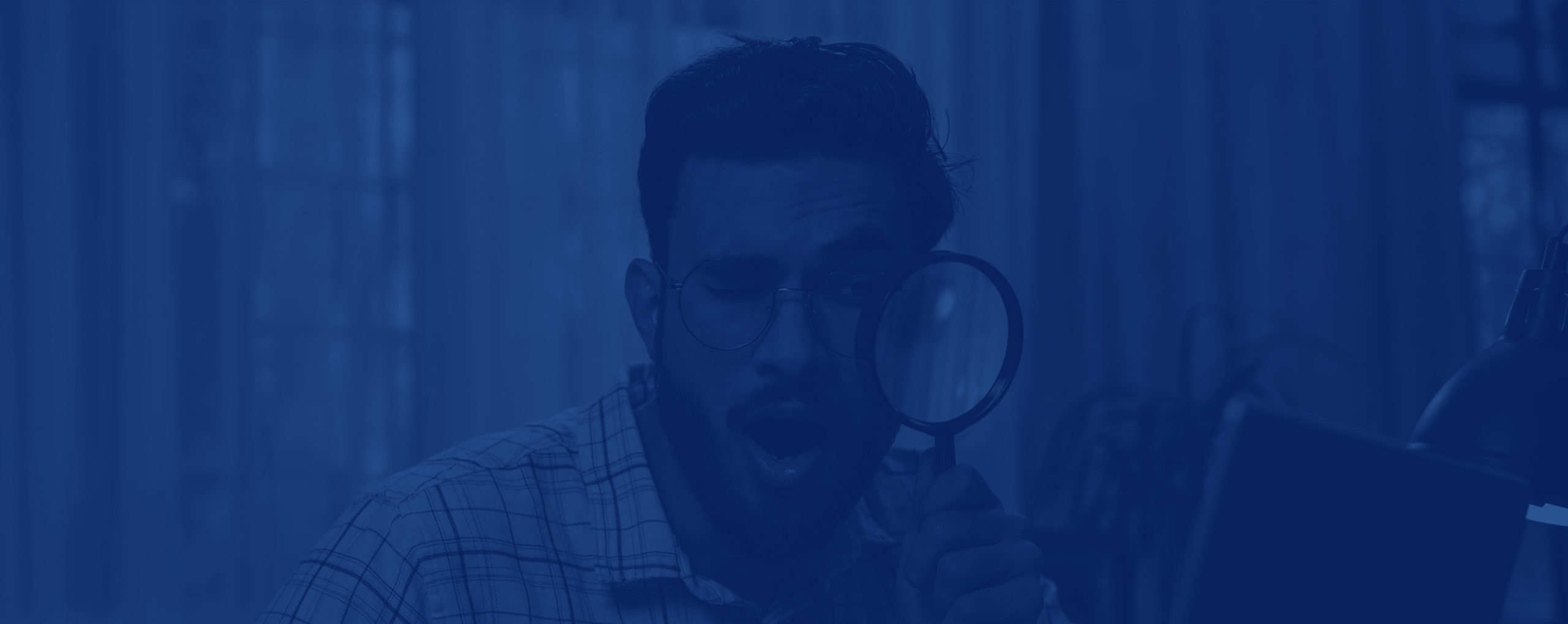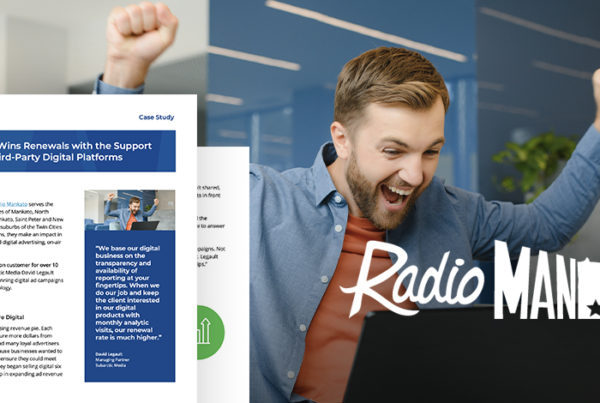The benchmarking report on radio digital sales offers many insights into the topic. One question asked of stations is what they look for in a third-party digital advertising vendor. Technology plays a vital role in the sales process, and many solutions are available. However, some solutions come up short, while others are strategically designed for local media sellers.
Let’s review what survey respondents said about how they assess the options.
What’s Important to Stations When Selecting Third-Party Digital Advertising Software?
The survey asked people to rank what they deem most essential when reviewing technology.
There were four choices, and here are the results:
- Product/service features: 38.07%
- Training and support: 27.43%
- Pricing: 24.72%
- Reporting features/capabilities: 13.87%
These numbers represent the percentage of survey takers rating it as number one. What does this data reveal about the real-world needs of radio stations selling digital?
Product Features and Usability Drive Technology Decisions
Product and service features had a commanding first place, reflecting a desire to have a system with robust functionality while also being user-friendly.
There’s general parity across tactics when evaluating the available third-party digital advertising solutions. In other words, these are somewhat of a commodity. The main differences tend to fall into these categories:
- Targeting
- Campaign setup features like flighting, custom billing and creative scheduling
- Campaign editing of time frame, budget, etc.
- Advanced options for geofencing
- Ability to offer programmatic ad types as well as social and SEM (search engine marketing)
The other part of this category focuses on usability, specifically if the digital ad buy workflow is seamless or disjointed. Ideally, radio sellers should be able to do it all from one hub — propose, order, report and bill.
If that’s not available, there’s a lot of manual work and re-entering data across systems. It derails efficiency and can lead to human error.
Another key to usability is for whom the developers designed the system. It’s typically not broadcast organizations. Many of these third-party digital platforms were built for a broad userbase, including media, agencies and brands. They fail to address the unique needs of radio, like integrating with traffic systems. This unification enables the consolidation of airtime spots and digital tactics into one process for proposing, ordering, reporting and invoicing.
Training and Support Empower Local Media Sellers
Stations want and need a partner, not simply a piece of technology. Their sales teams often need training on how to introduce digital to their radio clients and position their expertise. They want to cultivate their confidence in digital by being able to recommend the right tactics based on advertiser goals and speak effectively about why that leaves out any jargon.
Most vendors will leave you on your own because they’re just a SaaS company. They don’t have the resources or internal experts to help you plot your way to success. What you deserve and should demand is an equally beneficial partnership. They’ll upskill and train your folks so that you can sell more, which helps the provider earn revenue.
Support is also something lacking from vendors. Understanding the level of support you’ll receive starts at onboarding and implementation. It should be a customized experience that prepares your team for the system.
If things get bungled here, they’ll likely get worse. When support comes up short, it’s a top reason for churn. It could mean you have to start over again, so ask a lot of questions about this before you make a decision. Some companies may also charge you extra for this, which could impact your budget.
Pricing Is a Factor, But You Get What You Pay For
Of course, every software purchase has a pricing component. You have a budget to stay under, but be very skeptical of those who offer pricing that’s too good to be true. For example, they may have a low SaaS fee or none at all but then nickel-and-dime you by charging for support, training, customization, additional users, integrations and reporting.
Free doesn’t mean there’s no cost. You could be stuck with a solution that comes with so many gaps and challenges, it’s too difficult to use, impacting your sales.
Reporting Should Be Simple and Accurate
Presenting results to your advertisers is how you win renewals. You should be able to generate this from your system into visual and easy-to-understand formats. The ability to track with dashboards while the campaign is running is useful, as well, so you can optimize it.
Reporting for third-party digital advertising technology runs the gambit. Some barely scratch the surface, while others require a Ph.D. to decipher! Accuracy can also be an issue if the data isn’t fresh.
Reporting was a much lesser concern but incredibly crucial. You should be able to tell a story about the performance of a campaign without additional work on your part.
Third-Party Digital Advertising Software That Meets All Your Needs
These four components of third-party digital platforms are all important. You shouldn’t have to compromise on any of these. You won’t with Marketron NXT.
With NXT, you get:
- A simple and easy solution built for radio
- Lots of digital tactics: programmatic, social and SEM
- Advanced targeting
- Dedicated onboarding and implementation
- Access to the NXT Training Academy
- A library of on-demand resources
- Award-winning sales enablement content
- Competitive pricing
- Responsive support
- Transparent reporting
Explore why NXT is radio’s choice for selling third-party digital by requesting a demo.






